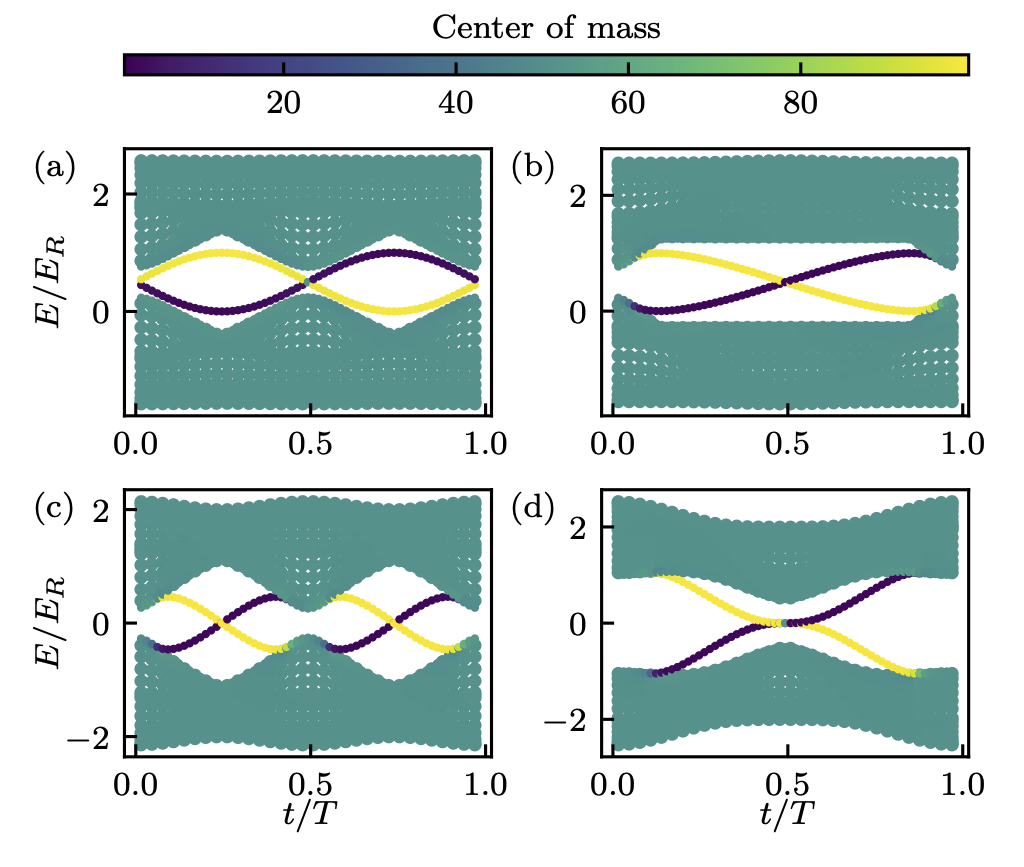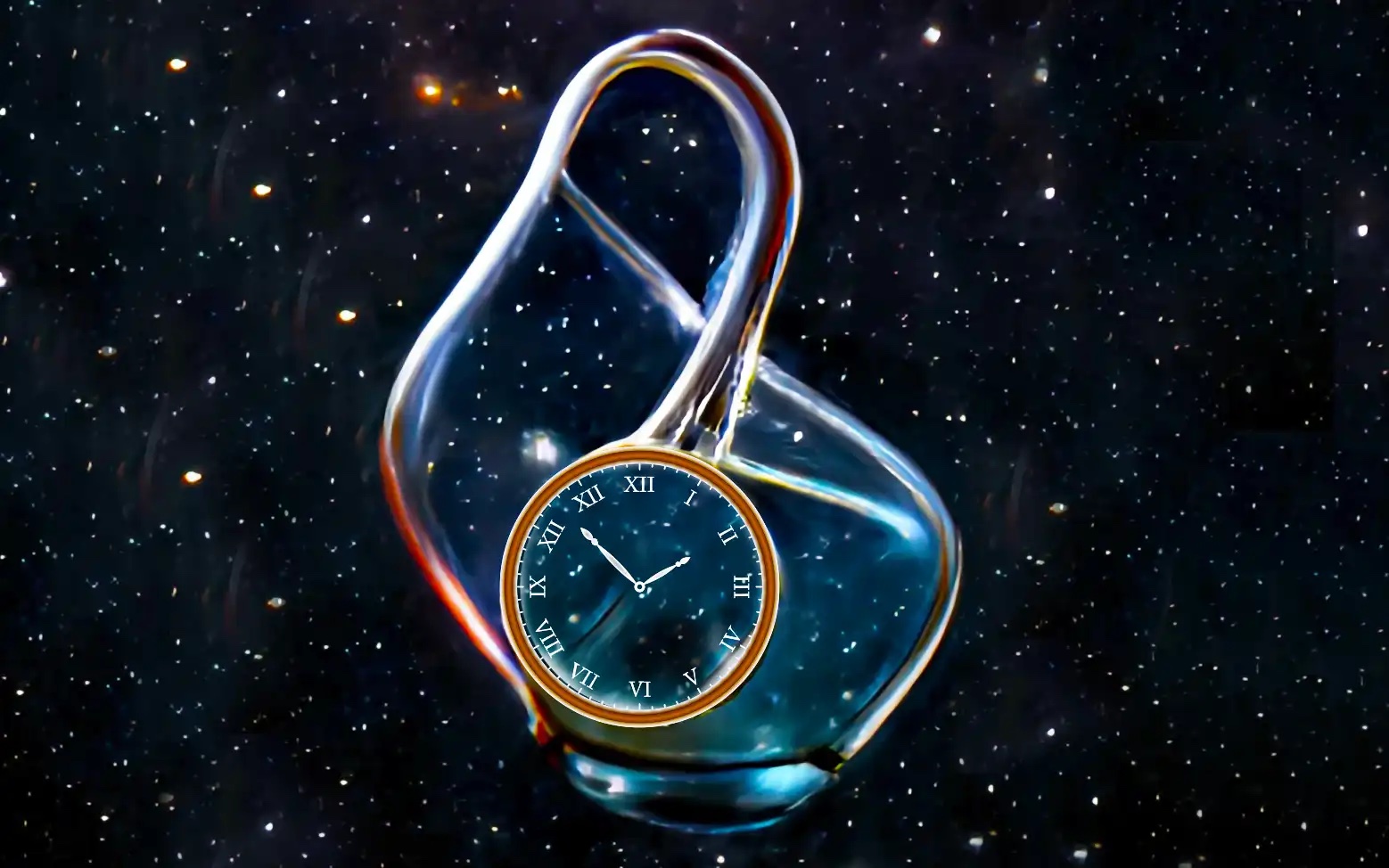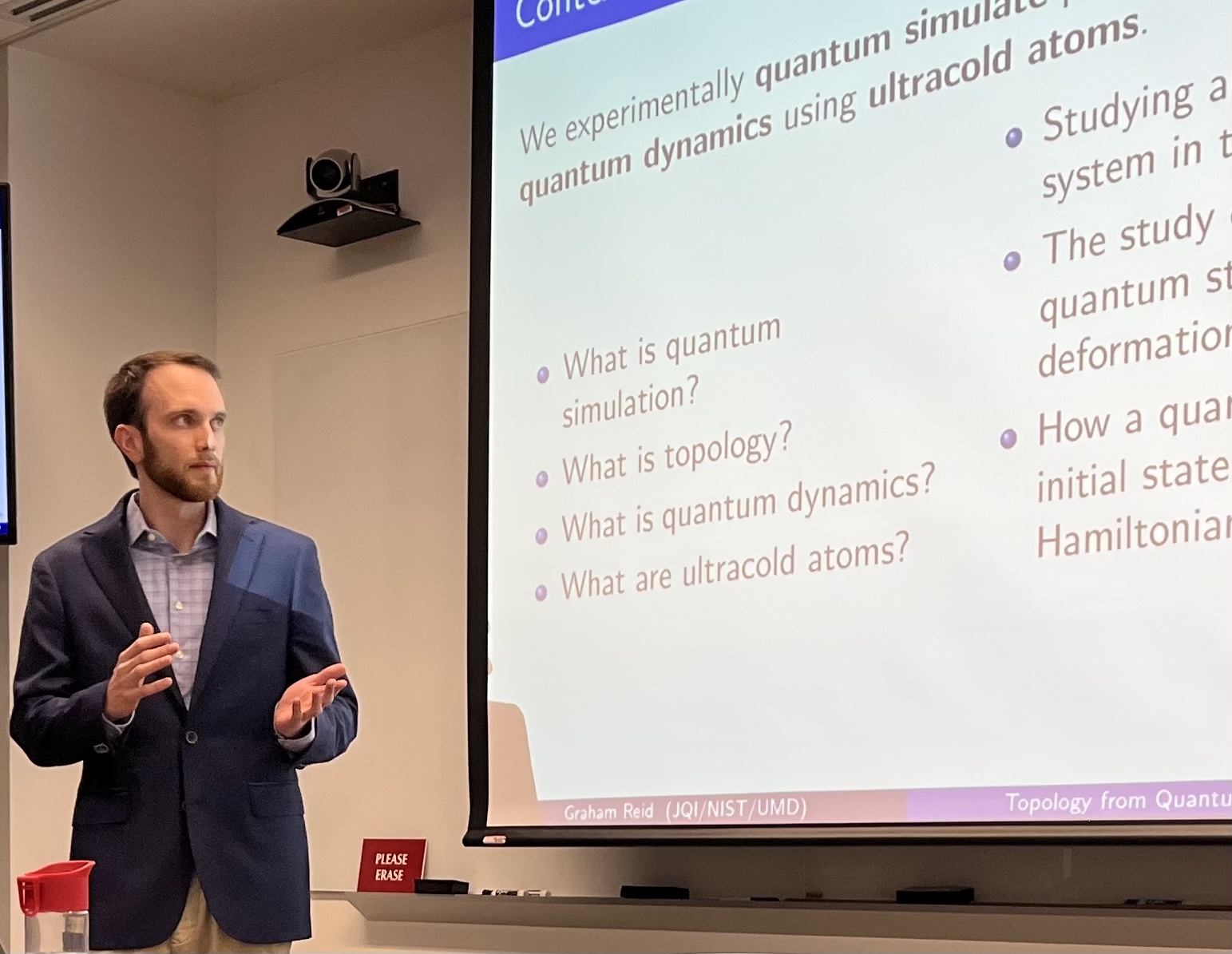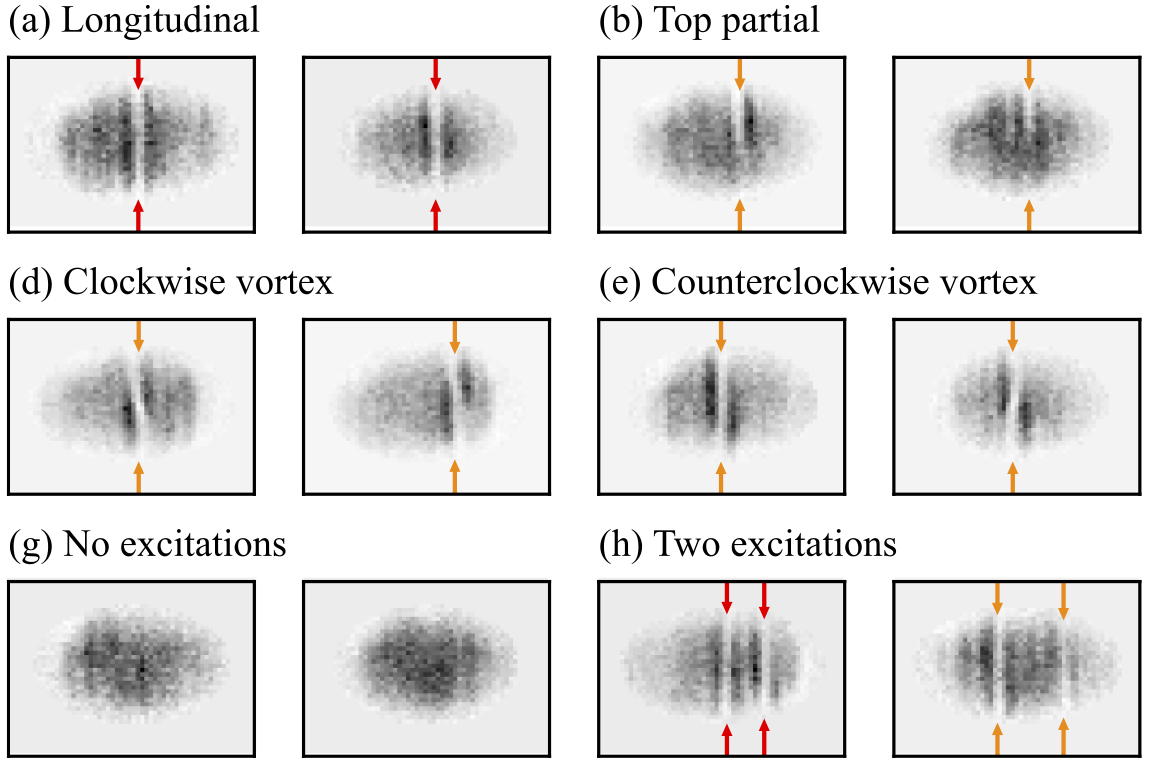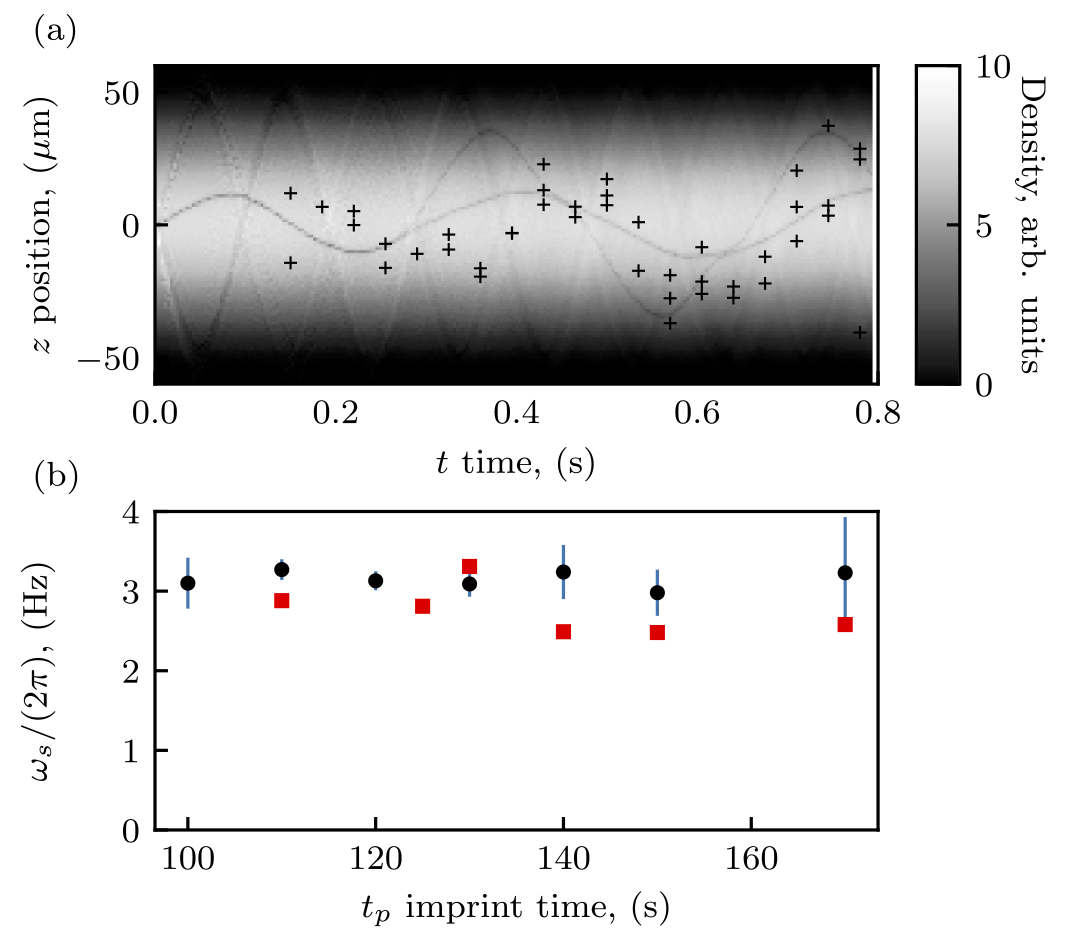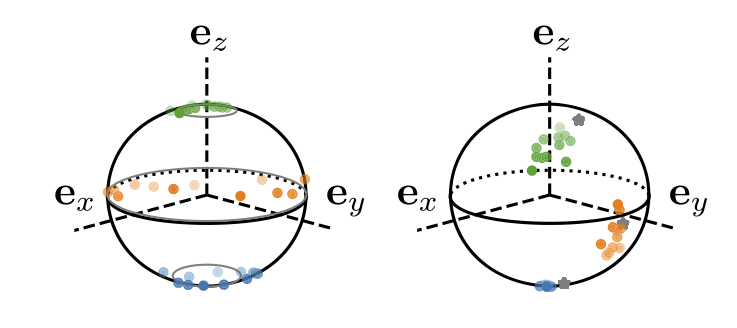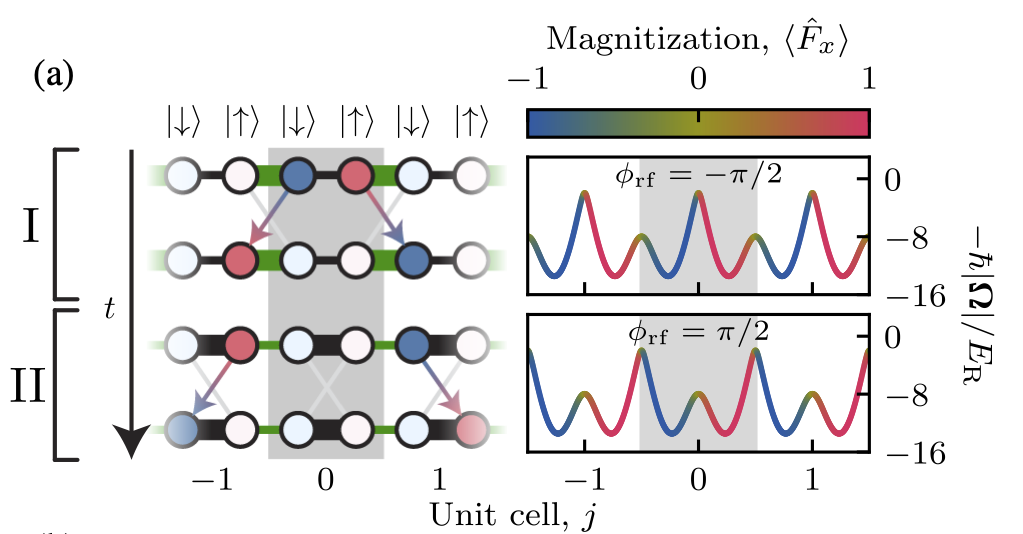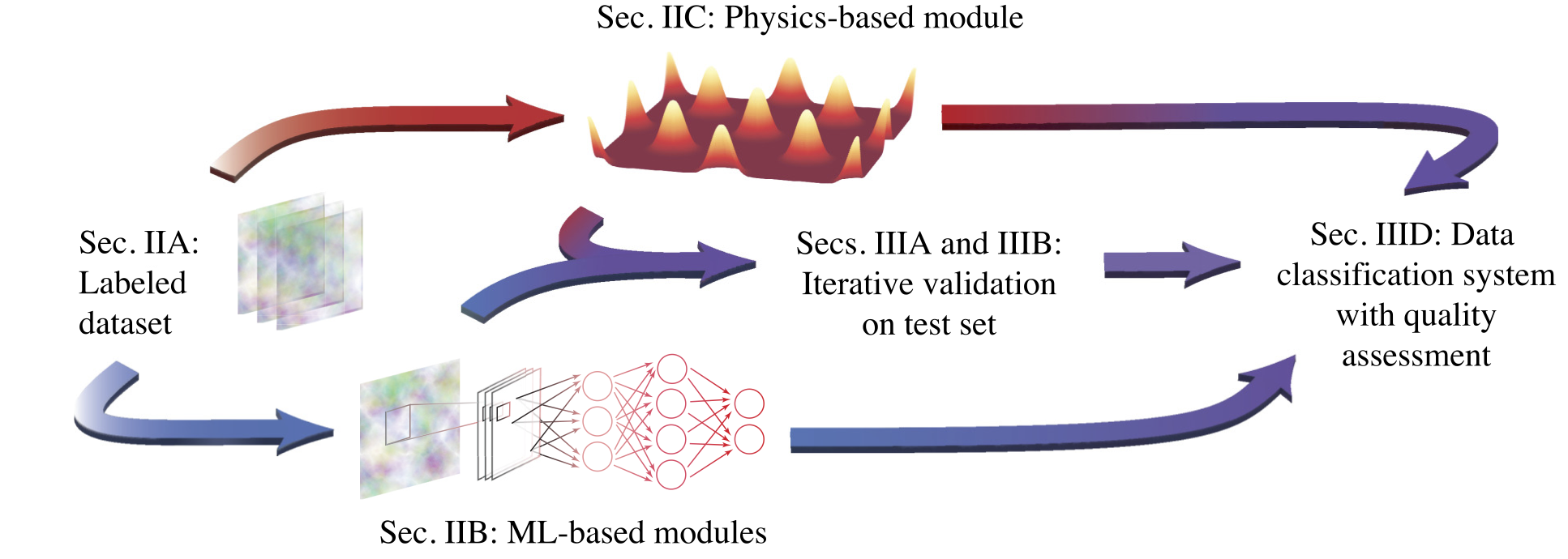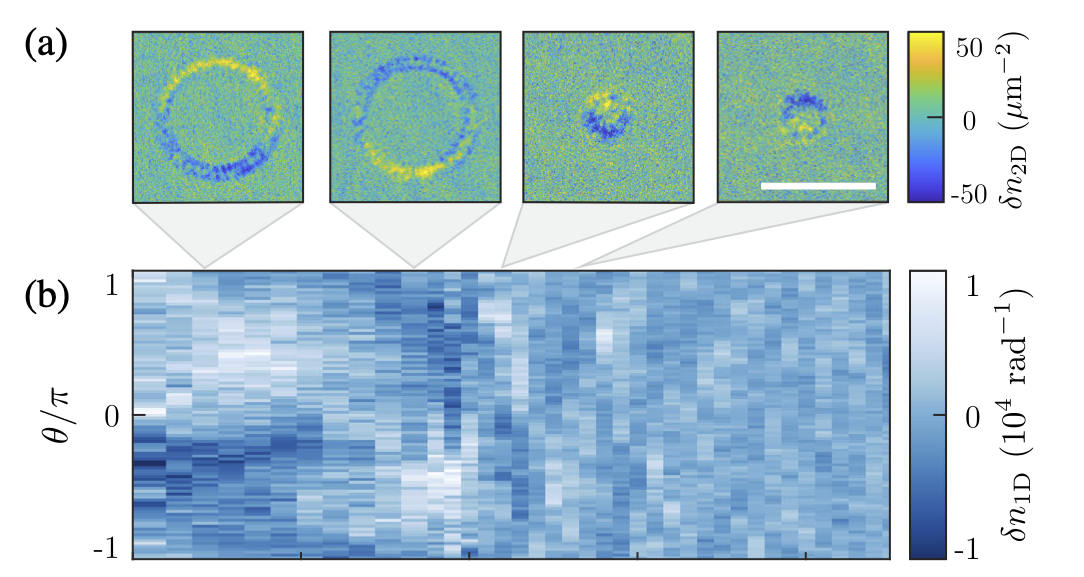Topological charge pumping with subwavelength Raman lattices
Recent experiments demonstrated deeply subwavelength lattices using atoms with N internal states Raman coupled with lasers of wavelength λ. The resulting unit cell was λ/2N in extent, an N-fold reduction compared to the usual λ/2 periodicity of an optical lattice. For resonant Raman coupling, this lattice consists of N independent …
Topological charge pumping with subwavelength Raman lattices Read more »
